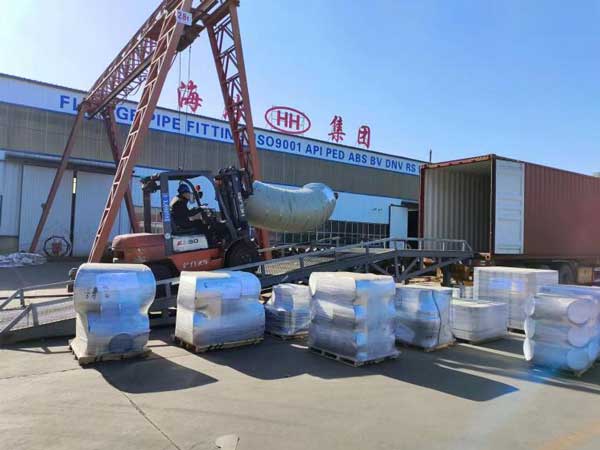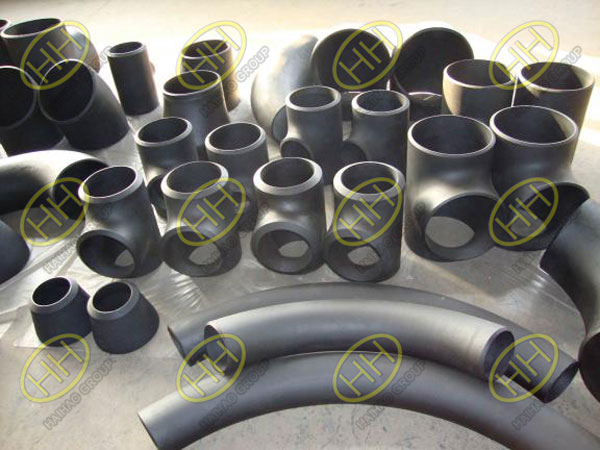The role of Potassium (K) and Sodium (Na) in steel
Potassium (K) and Sodium (Na) are trace elements in steel, typically present in very small quantities. While their influence is not as prominent as that of major alloying elements like chromium (Cr) or nickel (Ni), these elements can still impact steel properties under certain conditions. Understanding their effects can be crucial in specialized steel applications.

HAIHAO GROUP
Influence on Steel Microstructure
Spheroidization of Carbides in White Cast Iron:
In white cast iron and ledeburitic steel, potassium and sodium can act as modifiers that promote the spheroidization of carbides. This process helps to transform the microstructure, enhancing the toughness of the material without compromising its inherent hardness. The result is a material with double the toughness compared to its original state, making it more suitable for demanding applications.
Grain Refinement in Ductile Iron:
Potassium and sodium also contribute to the refinement of the microstructure in ductile iron. This grain refinement leads to improved mechanical properties, such as increased toughness and ductility. Additionally, these elements help stabilize the treatment process of vermicular graphite cast iron, ensuring consistent and reliable production outcomes.

Carbon steel butt welding pipe fittings
Promotion of Austenitization:
Both potassium and sodium are potent austenitizing elements. In austenitic manganese steel, for example, these elements can significantly lower the manganese-to-carbon ratio required for austenitization from 10:1-13:1 to 4:1-5:1. This reduction allows for a more efficient transformation process, enhancing the steel’s austenitic structure, which is essential for achieving desired mechanical properties.
Though potassium and sodium are trace elements in steel, their influence on microstructure and mechanical properties can be significant in certain contexts. From improving the toughness of white cast iron to stabilizing the treatment of vermicular graphite cast iron and promoting austenitization, these elements play a subtle yet crucial role in optimizing steel performance for specialized applications. Understanding and controlling their presence can lead to enhanced material properties, particularly in high-performance steel grades.
Related article:
The impact of hydrogen on steel performance
The role of carbon in steel performance
The influence of silicon on steel performance
The impact of Manganese on steel performance

